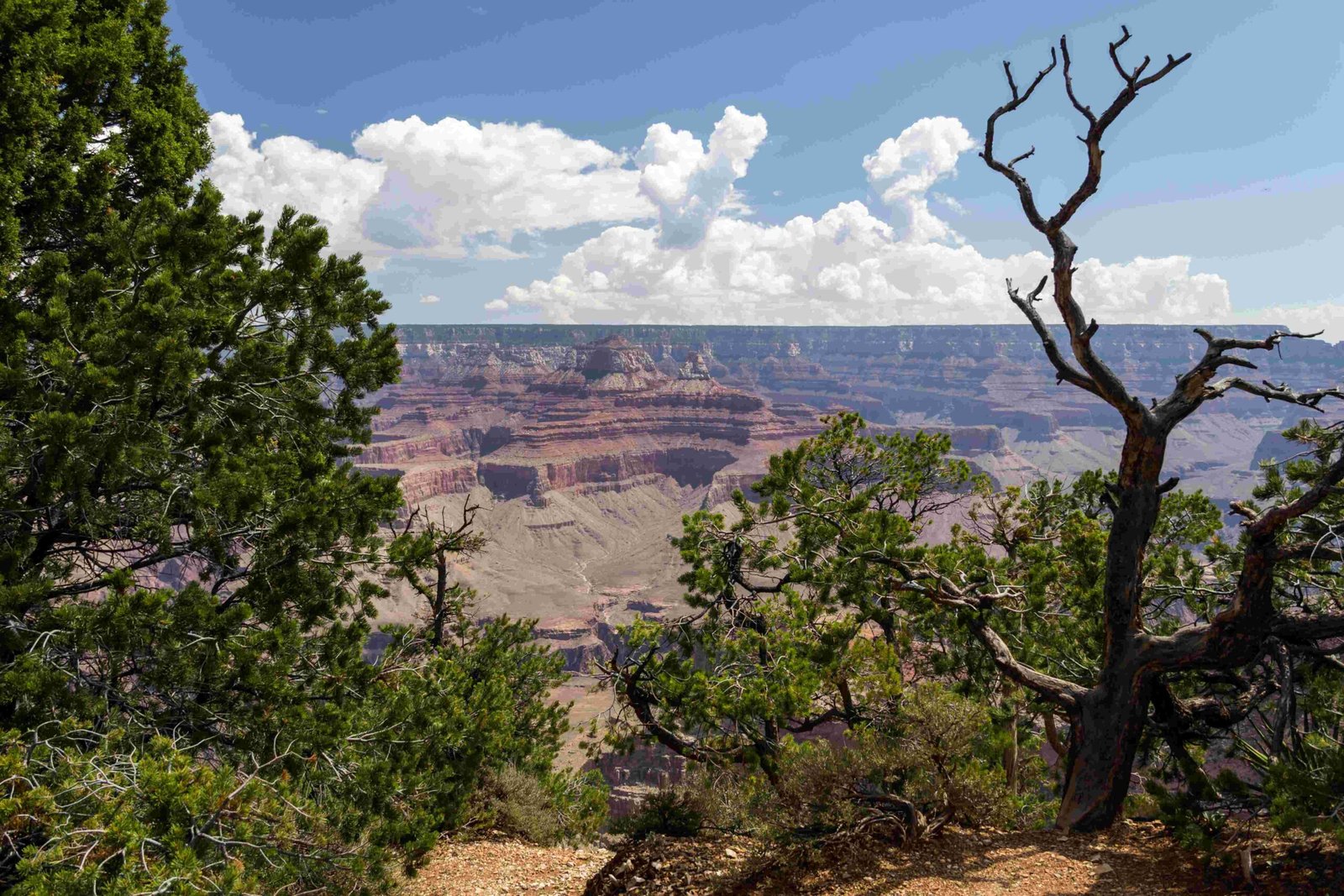The Grand Canyon transforms into a breathtaking winter wonderland during specific months, with snowfall primarily occurring between November and March. Visitors can expect significant snow accumulation, particularly at the South Rim, creating a stunning white landscape that dramatically contrasts the canyon’s iconic red rock formations. Understanding these snow months is crucial for planning a safe and memorable winter expedition.
What Are the Primary Snow Months at Grand Canyon?

The Grand Canyon experiences snowfall primarily during four key months:
- December
- Average snowfall: 8.0 inches
- Probability of significant snow events
-
Cold temperatures typical
-
January
- Highest average snowfall: 12.9 inches
- Most consistent snow accumulation
-
Potential for deep snow coverage
-
February
- Average snowfall: 7.8 inches
- Continued winter conditions
-
Potential for substantial snowstorms
-
March
- Average snowfall: 8.1 inches
- Transitional month between winter and spring
- Occasional significant snow events
How Much Snow Can Visitors Expect?
| Month | Average Snowfall | Snow Depth Potential |
|---|---|---|
| December | 8.0 inches | 9.4 inches possible |
| January | 12.9 inches | Up to 10+ inches |
| February | 7.8 inches | Up to 10+ inches |
| March | 8.1 inches | Variable |
What Winter Activities Are Available?

Winter at the Grand Canyon offers unique recreational opportunities:
- Cross-Country Skiing
- Available on South and North Rim trails
- Best during January and February
-
No special permits required
-
Winter Hiking
- Recommended with proper gear
- Focus on well-maintained trails
-
Check current trail conditions
-
Photography
- Exceptional white landscape opportunities
- Best morning and evening light
- Recommended equipment: Warm clothing, tripod
What Should Visitors Prepare For?
Preparing for Grand Canyon snow months requires careful planning:
- Check weather forecasts regularly
- Bring appropriate winter clothing
- Use tire chains if driving
- Carry emergency winter survival kit
- Verify park facility operations
Important Winter Safety Considerations
- Road conditions can change rapidly
- Some trails might be closed
- Limited shuttle services
- Potential facility restrictions
- Higher elevation areas more prone to snow
When to Avoid Winter Travel?
While winter offers unique experiences, certain periods might be challenging:
- Peak snowstorm weeks in January
- Extended cold snaps
- Periods with significant precipitation
- Weekends with potential overcrowding
Pro Tips for Snow Month Visits
- Book accommodations in advance
- Rent appropriate winter gear locally
- Consider guided winter tours
- Maintain flexible travel plans
- Carry emergency communication devices
Unique Winter Photography Opportunities
The snow-covered Grand Canyon provides extraordinary visual experiences:
- Dramatic white landscape contrasts
- Unique lighting conditions
- Minimal tourist crowds
- Pristine, untouched snow scenes
Conclusion
Winter snow months at the Grand Canyon offer an extraordinary, less-crowded experience for adventurous travelers. Proper preparation and understanding of seasonal conditions ensure a safe and memorable visit.

